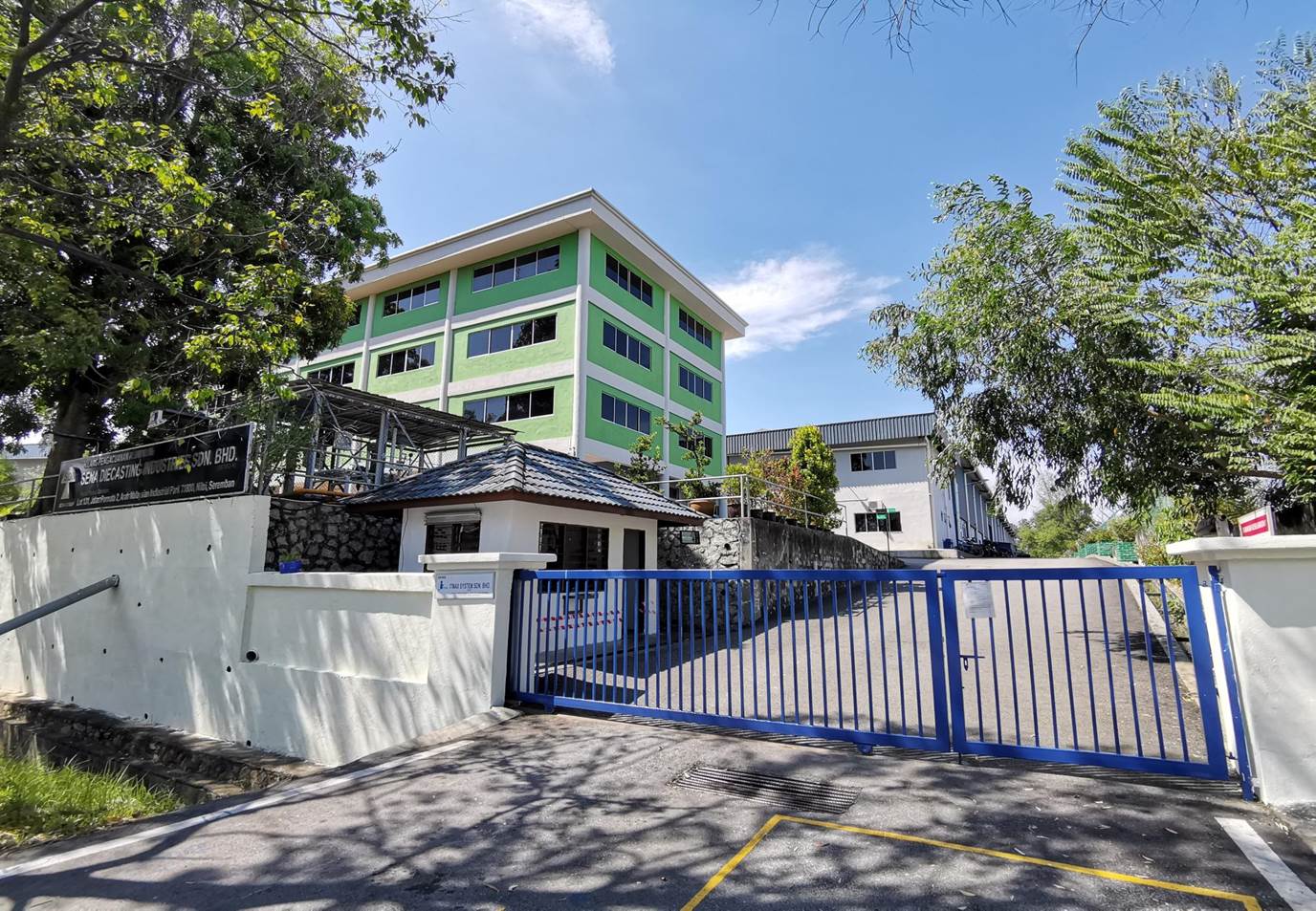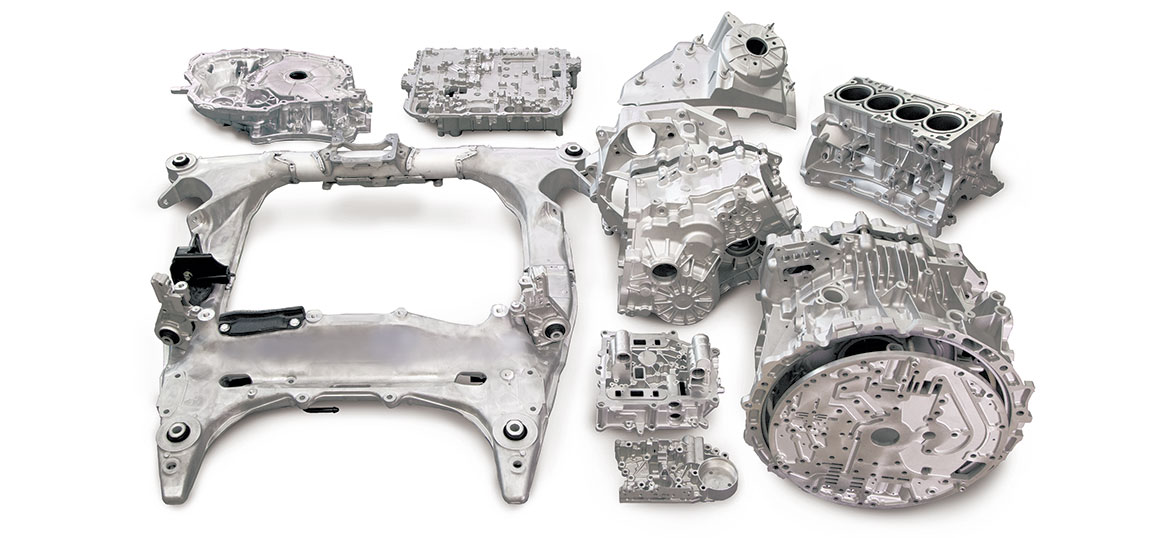The Precision and Versatility of Diecasting
The Precision and Versatility of Diecasting
Blog Article
Diecasting is a complex manufacturing process that plays a vital role in creating complex metal components with the highest precision and reliability. The process involves introducing molten metal into a mold cavity with high pressure allowing for the creation of exquisite shapes and intricate designs that are difficult to achieve through other methods. Diecasting is extensively used in many industries including electronics, aerospace, automobiles and other consumer goods because of its effectiveness and capacity to manufacture top-quality components. This article will explore the intricacies involved with diecasting by explaining its methods, advantages of the process, as well as its uses.
The diecasting process begins with the creation of an mold, also known as a"die," which generally is constructed from reinforced steel. The die is made to withstand high pressures and temperatures involved when diecasting. Once the die is ready the molten metal, which is typically an alloy of aluminum, magnesium, zinc, or copper is heated to it's liquid stage and in the mold cavity under high pressure. This pressure is maintained until the metal has cooled, making sure that the molten material covers every inch of the mold, with intricate details and thin walls. Once the metal is cool and hardened, the mold can be open, and the final component is removed. This procedure allows high accuracy and consistency in the production of metal parts.
One of the most significant benefits of diecasting lies in its ability to produce parts with incredible dimensional precision and flawless finish on the surface. Diecasting with high pressure ensures every detail of the mold is reproduced making parts with precise tolerances that need little or no post-production work. This is especially beneficial when creating intricate geometries or fine details that might be challenging or impossible to accomplish in other manufacturing methods. Additionally, the repeatability of diecasting allows it to be used for production on a large scale, as it ensures that the exactness of thousands of pieces. The effectiveness of this process also leads to significant cost savings, as it decreases waste material as well as labor expenses.
Diecasting's versatility is obvious in its broad use across various industries. In the automotive industry such as the automotive industry diecast components are essential in the manufacturing of engine components as well as transmission housings and other structural components. The components are benefited by the strength and durability offered by diecasting, as as the ability to produce light parts that boost the fuel efficiency. in the aerospace field it is essential to have high-strength, lightweight components is critical, and diecasting provides the precision and material properties needed for these demanding tasks. Consumer electronics depend upon diecasting for the production of robust and accurate housings as well as internal parts, which ensures the quality and durability of gadgets. Medical, telecommunications and power tools industries illustrate the broad applicability and the importance of diecasting modern manufacturing. To gather more information kindly check out https://www.senadiecasting.com.my/
The diecasting material used have a significant role to play in determining the characteristics and functionality of the finished product. Aluminum is among the most popular materials used because of its superior strength-to-weight ratio, corrosion resistance, along with its high electrical and thermal conductivity. Zinc alloys are also popular for their quality, durability, and the ability to produce pieces with intricately detailed detail. Magnesium alloys have the benefit of being the lightest structural metal. This makes them the ideal choice for any application in which weight reduction is essential. Copper alloys are somewhat less popular, are used for their superior electrical conductivity as well as their resistance to corrosion. The decision to select a material rests on the specific requirements of the use, including mechanical properties, climate conditions, as well as cost issues.
Diecasting is a vital manufacturing process that combines the highest level of precision, efficacy and flexibility. Its capacity to manufacture complex, high-quality components with exceptional mechanical properties makes it indispensable to many sectors. Diecasting's efficiency for mass production, together with its material and cost advantages, proves its worth in the modern world of manufacturing. As the demand for high-performance and reliable parts continues to increase, diecasting will continue to be an essential technology that drives advancement and helping in the creation of products with the latest technology that will meet the evolving needs of the market. By its continual development and application diecasting is an example of connection between engineering excellence as well as manufacturing experience, strengthening its place in the future of manufacturing.